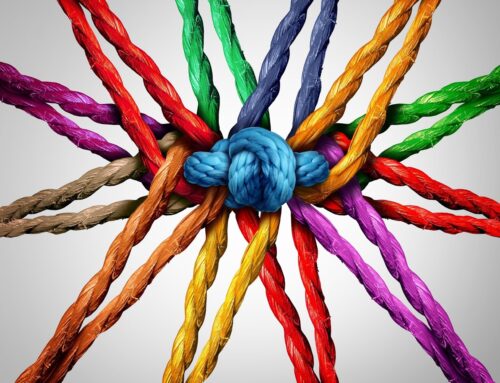Partnering Strategies to Accelerate Growth in the Internet of Things
For some time we’ve been hearing that Internet of Things is coming. Well it’s here!
There are many examples that we probably don’t think much about. Beyond our personal devices: smart phones, watches, Fitbits and all, there are a growing number of consumer appliances and industrial devices now connected into the network. Do you own a NEST thermostat or smoke detector? On a larger scale, commercial and industrial buildings have networked their environmental, utility and security controls. The next progression is smart cities where all city assets are networked, monitored, and analyzed. This is just of the many applications of IOT that are evolving across many industries. By one estimate IOT will represent $14T of new value creation by 2020 with 50-75 billion devices connected.
At a recent Association of Strategic Alliance Professionals (ASAP) meeting, we heard different perspectives on the evolution of partner ecosystems creating this connected world. IDC, an analyst company calls this convergence of technologies resulting in IOT, the third platform succeeding the first platform, the mainframe and the second platform, distributed computing. The third platform consists of Social, Mobile, Analytics, and Cloud technologies, also known as SMAC.
“The World has Changed, the Network has Not” asserted Mike Cuneo, Senior Director of Alliances at Brocade and one the ASAP panelists. The Internet of Things with so many new devices and widespread data collection will create enormous demands on the network, on storage, on energy in fact the entire internet and computing infrastructure. Mike also noted that we are not looking at merely one ecosystem of partners but many battling ecosystems providing different capabilities for different applications. Much of this technology will be behind the scenes to the consumers of IOT, much like most of us don’t know where our electricity or water come from we just expect it to be there. This will require a fundamental shift in the customer facing partners in the ecosystem. The focus will be on the business conversation not the technology.
Daniel Chang, Senior Director of Global Alliances at Salesforce spoke about how Salesforce is building an IOT platform and recruiting partners to develop IOT solutions. He used the example of how a connected washing machine might look to a consumer. The manufacturer, using predictive analytics could monitor your machine and anticipate when there might be a breakdown, notify you while at the same time ordering the right parts and putting in the repair order. As with any big data conversation, this brings up the specter of privacy invasion. Do you want your home appliances spying on you? Some people might see this as a great warranty program and may even pay extra for the privilege of having their privacy invaded. Others may fear that here in California, your washing machine may rat you out for wasting water.
Digital transformation driven by IOT technologies is on the agenda of every CEO according to Lisa Caswell, former CEO of eMeter and now an executive recruiter for Spenser Stuart. But who owns this strategy? Who is responsible for translating data and analytics into action? How do you react to new business models that haven’t even been thought of yet? There is no Chief of IOT. She remarked on the skills and talent landscape required to navigate this treacherous terrain. It will require a pipeline of talent and remarkably, “the Alliance Manager is in the absolute best position to lead”. Some of the skills needed are:
- Ability to communicate complex concepts.
- Having a customer orientation, keeping focus on the customer experience
- Agility and adaptability, continuously learning, willing to take risks and enter ambiguous areas
- Focus on contingency planning (things will go wrong)
- Ability to lead cross-functional collaboration
- Technical literacy, understanding value drivers, aware of cyber security issues
Lisa also advocates a cultural assessment for companies heading into this transformation. Culture can inhibit or propel a company’s progress into this new world. The successful culture will have less emphasis on authority and more on partnering and often partnering in the most unlikely of places.
How does this all play out in the channel? Sam Coyle, the CEO of Netrepid, a cloud service provider, has successfully transitioned his company from providing on-premise computing to cloud. His data center is highly commoditized. He views hardware as expendables. His focus in providing reliable, on- demand, secure computing resources to his customers. Service providers should be asking customers how they access data and applications. What devices do they use? It is all about how they consume computing. What does he look for in technology partners? He looks at how well they have moved to support a consumption model. There has been a shift in the channel and partner relationships from the large scale sale to a recurring revenue model. This impacts business models, compensation models and incentives.
With so much new opportunity and the high risks of doing nothing, the savvy partner manager will step up to lead in this new future, forging new ecosystems that will position their companies to thrive in the Internet of Everything!



